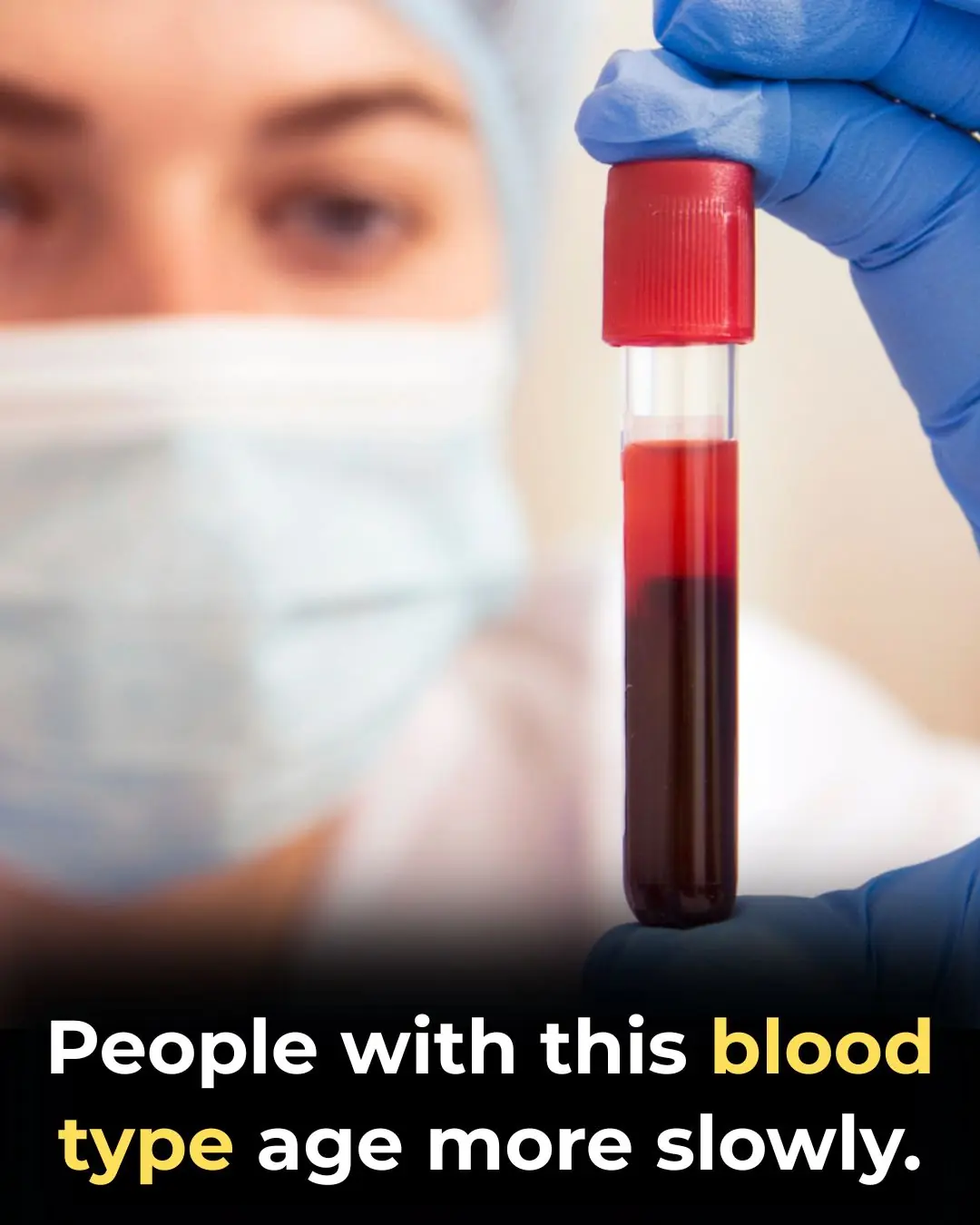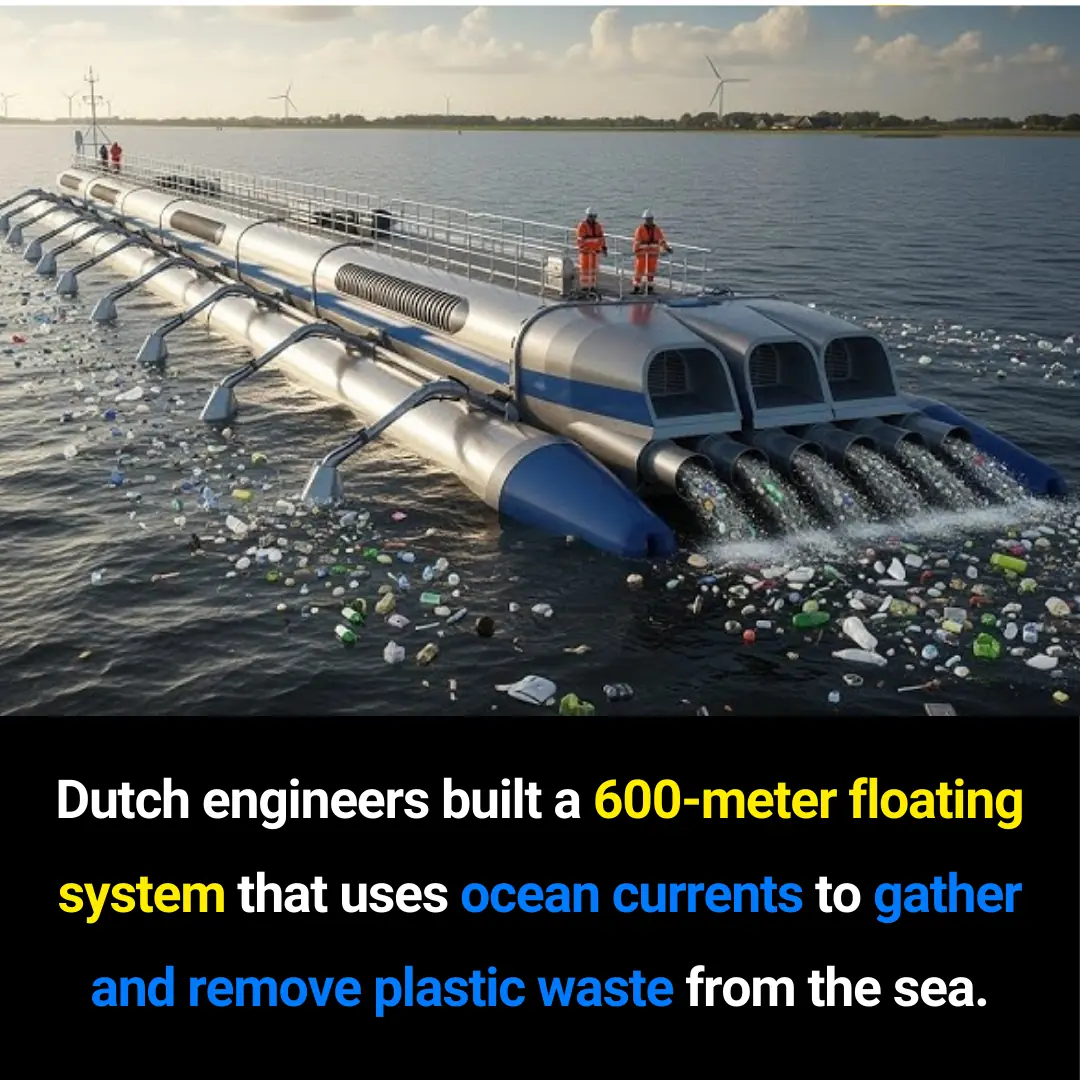
🌊 Harnessing the Ocean’s Power: Scientists Pioneer a Breakthrough in Turning Seawater into Emission-Free Hydrogen Fuel
The global shipping industry, the backbone of international trade, is currently a major contributor to global carbon emissions, relying almost entirely on heavy fuel oils. However, a revolutionary scientific discovery is poised to fundamentally alter maritime transport, signaling a profound convergence of sustainability and innovation. Researchers have successfully developed a method to convert seawater directly into hydrogen fuel, enabling the creation of powerful, steam-powered ships that operate without consuming a single drop of diesel.
This groundbreaking system holds the potential to dramatically reduce the industry's environmental footprint, providing compelling proof that the sea can carry not just ships, but the very solution to their pollution.
The Innovation: Seawater Electrolysis and the Green Hydrogen Loop
The core challenge of using hydrogen fuel (H$_2$) for maritime transport has always been its sourcing and storage. Traditional hydrogen production often relies on fossil fuels (grey hydrogen), or requires energy-intensive desalination (purifying water) before electrolysis can take place (green hydrogen).
The new breakthrough circumvents the costly and complex desalination step. The innovative process utilizes a specialized seawater electrolysis unit. This unit is designed with advanced membranes or catalytic coatings that can efficiently split water molecules (H$_2$O) found in raw, untreated seawater into hydrogen and oxygen. Crucially, the technology manages the high concentrations of corrosive salts and impurities—which typically damage conventional electrolysis equipment—without requiring prior purification.
This onboard system creates a perfect closed-loop sustainability model:
-
Fuel Production: The ship draws in seawater.
-
Electrolysis: Renewable electricity (potentially generated by solar or wind on the ship itself, or sourced from green grids at port) is used to split the seawater into H$_2$ and O$_2$.
-
Power Generation: The H$_2$ is fed into a fuel cell or burned to power the ship’s engines, producing steam and electricity.
-
Zero Emission: The only byproduct released back into the atmosphere is clean water vapor ($\text{H}_2\text{O}$), resulting in zero carbon emissions.
Environmental and Economic Implications
The environmental benefits of this technology are enormous. By removing carbon emissions entirely, the maritime sector—responsible for approximately 3% of global greenhouse gas emissions—can take a decisive step toward climate neutrality. The widespread adoption of these steam-powered, hydrogen-fueled vessels could:
-
Decarbonize Ocean Travel: Eliminate carbon dioxide ($\text{CO}_2$), sulfur oxides ($\text{SO}_x$), and nitrogen oxides ($\text{NO}_x$) emissions, significantly reducing air pollution in major port cities.
-
Enhance Operational Flexibility: By generating fuel on demand from the surrounding environment, ships reduce their reliance on complex, land-based refueling infrastructure and volatile global fossil fuel supply chains.
The economic viability is also compelling. While initial capital investment for the electrolysis units is high, the long-term cost savings from eliminating fossil fuel purchases and avoiding future carbon taxes will drive widespread industry adoption. This transition is not just about cleaning up the oceans; it's about securing a financially stable and sustainable future for global commerce.
The successful demonstration of this system is powerful proof of concept, solidifying the belief that technological ingenuity can solve some of the world's most intractable environmental challenges, using the very resources at hand.
📚 References
-
Nature Energy / Science: (Leading peer-reviewed journals for original research breakthroughs in sustainable energy and catalysis, where the core science of seawater electrolysis is published).
-
International Maritime Organization (IMO) Reports: (Provides context on current shipping emissions targets and the global push for decarbonization in the industry).
-
Renewable and Sustainable Energy Reviews (Elsevier): (Academic source analyzing the technical and economic feasibility of green hydrogen production for transport).
News in the same category


🧬 Pioneering Hope: Japanese Researchers Achieve Historic Movement Restoration Using Stem Cell Therapy for Paralysis

🧊 The New Frontier in Oncology: MRI-Guided Cryoablation Offers Non-Invasive, Precision Cancer Treatment

🧠 The Resilient Mind: A Case Study in Neuroplasticity Challenges the Limits of Human Cognition

🕷️ The Unexpected Side Effect: Neurotoxins in Brazilian Wandering Spider Venom and the Quest for New Medicines

Could Your Blood Type Be Influencing How You Age

Trump Gives Update on $2,000 Check Plan

Why Those Tiny Dots on Your Nose Are Completely Normal

The Netherlands Builds a 600-Meter Floating System to Clean Ocean Plastic: A Breakthrough for Global Marine Protection

✅ International Medical Recommendations for Treating Snakebites

🌟 Belgium’s 15-Year-Old Prodigy Earns a PhD in Quantum Physics — A Remarkable Journey of Genius and Innovation 🌟

Breakthrough Cell Transplant Restores Insulin Production, Offering New Hope for Diabetes Reversal

A Homeless Pup's Heartfelt Payment: A Story of Kindness and Unspoken Bonds

Renewable Energy Surpasses Coal as World's Largest Source of Electricity: A Historic Milestone for Humanity and the Planet

What You Do First in This Scenario

Revolutionary Alzheimer's Treatment: Sound Waves Used to Remove Brain Plaques and Restore Memory

From Space to Earth: The Science Behind Felix Baumgartner’s Record-Breaking Jump

Transforming Oil into Green Prosperity: The Success of Norway’s Sovereign Wealth Fund

Maximize Broccoli's Cancer-Fighting Power: The Simple Trick That Boosts Sulforaphane Formation
News Post

🛡️ The Holy Grail of HIV Research: A Broadly Neutralizing Antibody Targets the Virus's Achilles' Heel

The Day Mr. Brooks Walked Back Into the Sunlight.

Stacey A. Dixon Set To Make History As The Highest Ranking Black Woman In U.S. Intelligence

🧬 Pioneering Hope: Japanese Researchers Achieve Historic Movement Restoration Using Stem Cell Therapy for Paralysis

🧊 The New Frontier in Oncology: MRI-Guided Cryoablation Offers Non-Invasive, Precision Cancer Treatment

First Black Woman To Become Union Pacific Railroad Train Engineer Releases New Autobiography

🧠 The Resilient Mind: A Case Study in Neuroplasticity Challenges the Limits of Human Cognition

🕷️ The Unexpected Side Effect: Neurotoxins in Brazilian Wandering Spider Venom and the Quest for New Medicines

Remembering Fashion Icon André Leon Talley and the Powerful Legacy He Left Behind

She Just Made History As The First Black Person In The World To Hold A PhD In Survey Methodology

Homemade Carrot Oil for Glowing Skin

Fresh, delicious, firm field crabs, just aim for this spot, 10 out of 10 will be correct.

Why do flat plugs always have two small holes? It turns out they have surprising uses that many people don't know about.

Cooking sticky rice for the full moon offering in a rice cooker is as quick and sticky as using a steamer thanks to this secret.

Clove benefits for Skin – Clove Oil, Clove Gel & Clove ice cubes

Look 10 Years Younger Wash your Face daily with this Water

The Best Natural Remedies to Treat and Prevent Varicose Veins Effectively

Why You Should Keep a Small Amount of Cash Behind Your Phone Case — A Useful Trick Few People Know
